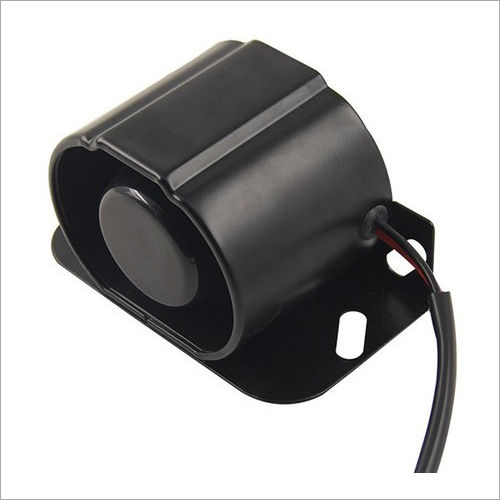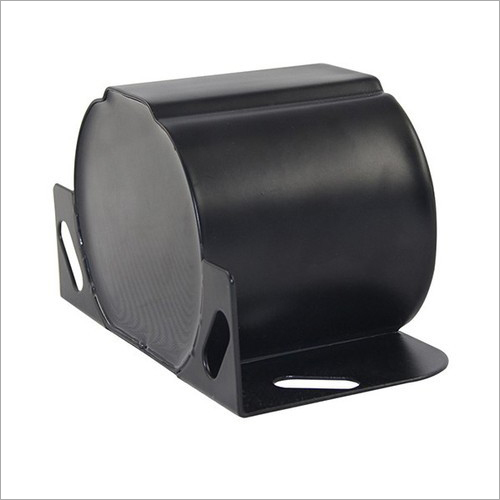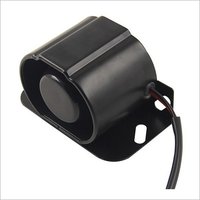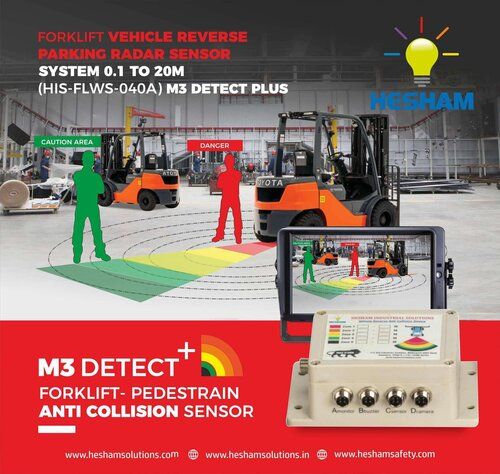



Forklift Truck Reverse Warning Alarm
6000 आईएनआर/टुकड़ा
उत्पाद विवरण:
- उपयोग औद्योगिक
- रंग काला
- वज़न 160 ग्राम (g)
- प्रॉडक्ट टाइप फोर्कलिफ्ट ट्रक रिवर्स चेतावनी अलार्म
- पार्ट टाइप चेतावनी अलार्म
- मटेरियल नायलॉन
- वारंटी 1 वर्ष
- Click to view more
X
फोर्कलिफ्ट ट्रक रिवर्स वार्निंग अलार्म मूल्य और मात्रा
- , टुकड़ा/टुकड़े
- 10
- टुकड़ा/टुकड़े
फोर्कलिफ्ट ट्रक रिवर्स वार्निंग अलार्म उत्पाद की विशेषताएं
- काला
- 160 ग्राम (g)
- नायलॉन
- फोर्कलिफ्ट ट्रक रिवर्स चेतावनी अलार्म
- औद्योगिक
- चेतावनी अलार्म
- 1 वर्ष
फोर्कलिफ्ट ट्रक रिवर्स वार्निंग अलार्म व्यापार सूचना
- 10 प्रति दिन
- 5-21 दिन
- कार्टून बॉक्स
- ऑल इंडिया
उत्पाद विवरण
फोर्कलिफ्ट ट्रक रिवर्स वार्निंग अलार्म
उत्पाद विवरण:
डब्ल्यू
वोल्टेज | |
12-36 वी सामग्री | नायलॉन |
रंग | काला |
अतिरिक्त जानकारी:
- डिलिवरी समय: 2 सप्ताह
- पैकेजिंग विवरण: मानक कार्टन बॉक्स
विनिर्देश
- वोल्टेज DC: 12A A 36 V
- साउंड बीप: बीप साउंड Db.:
- 112+A A 4dB सामग्री A A नायलॉन
- बॉडी कलर A
Tell us about your requirement

Price: Â
Quantity
Select Unit
- 50
- 100
- 200
- 250
- 500
- 1000+
Additional detail
मोबाइल number
Email









 English
English Spanish
Spanish French
French German
German Italian
Italian Chinese (Simplified)
Chinese (Simplified) Japanese
Japanese Korean
Korean Arabic
Arabic Portuguese
Portuguese